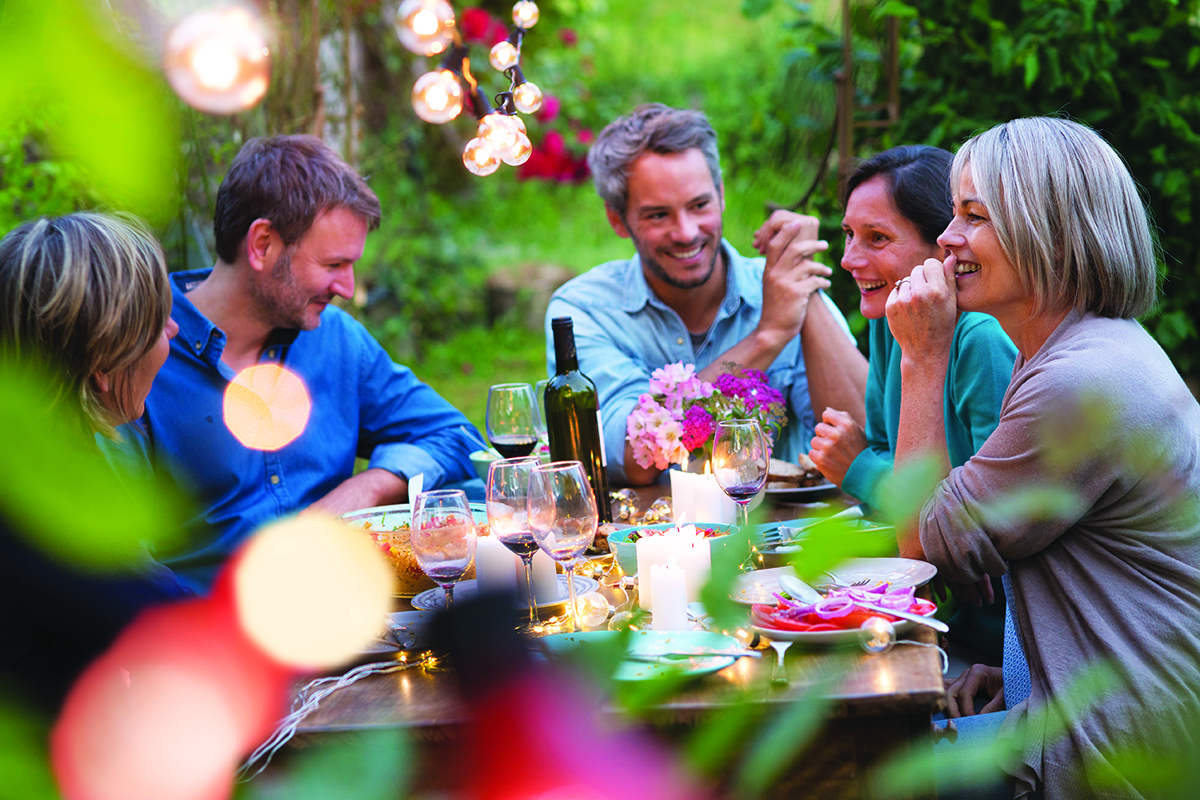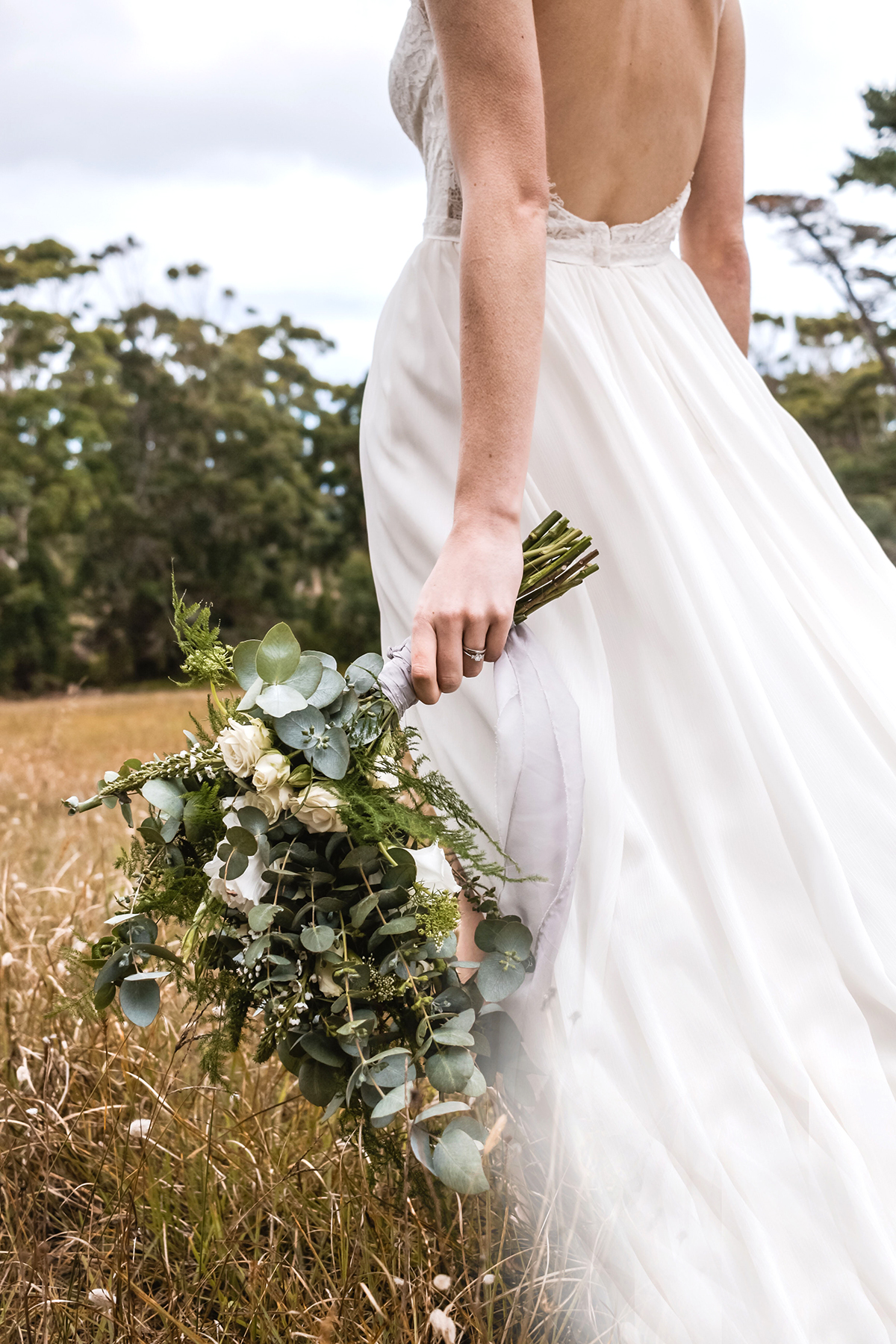Writer | Brooks Vanderbush
The Why of Weddings
So you or someone close to you is getting married — how exciting! Are you following all of those tried-and-true wedding traditions but wondering what it’s all about? Many people put on the dress, pull down the veil, slide on the ring, eat the cake and take off on their honeymoons without ever really knowing why, so let’s explore some of the most followed traditions a little more.
Why that finger?
The ring finger is called the ring finger for a reason. In most of the Western world, engagement and wedding rings are worn on the fourth finger of the left hand because the ancient Romans once thought that a vein in that finger led directly to the heart.
Why the white dress?
Purity, right? Wrong. Queen Victoria is credited with starting the modern Western world’s white wedding dress trend in 1840, when she chose to forgo the tradition of wearing coronation robes. Her fashionable white gown was featured in newspapers and magazines around the world.
Why do bridesmaids dress the same?
For good luck. Ancient Romans believed that bridesmaids had to dress exactly like the bride in order to confuse evil spirits who might try to “curse” the new bride. The tradition of using wedding veils is also meant to confuse evil spirits.
Why the cake?
Those ancient Romans again! The tradition was for guests to break a loaf of barley bread over the bride’s head for fertility. Guests would scramble to pick up the crumbs in order to take home some of that good luck.
Why carry the bride over the threshold?
Evil spirits, of course! According to ancient tradition, the groom carries the bride across the threshold to valiantly protect her from evil spirits. It continued into modern times because a modest bride did not want to be seen as too eager to leave her parents’ home.
June really is the month of marriage!
The Roman goddess Juno rules over marriage and childbirth, hence the popularity of June weddings.
Honeymoons?
The word derives from the old Scandinavian practice of a couple drinking fermented honey during the first month of marriage (measured by one moon cycle) in order to improve the likelihood of conception. The first English usage — “honney moone” — was in 1546 and referred to a sweet, happy period following a marriage. It wasn’t until 1791 that the word acquired our modern understanding of a getaway vacation.








